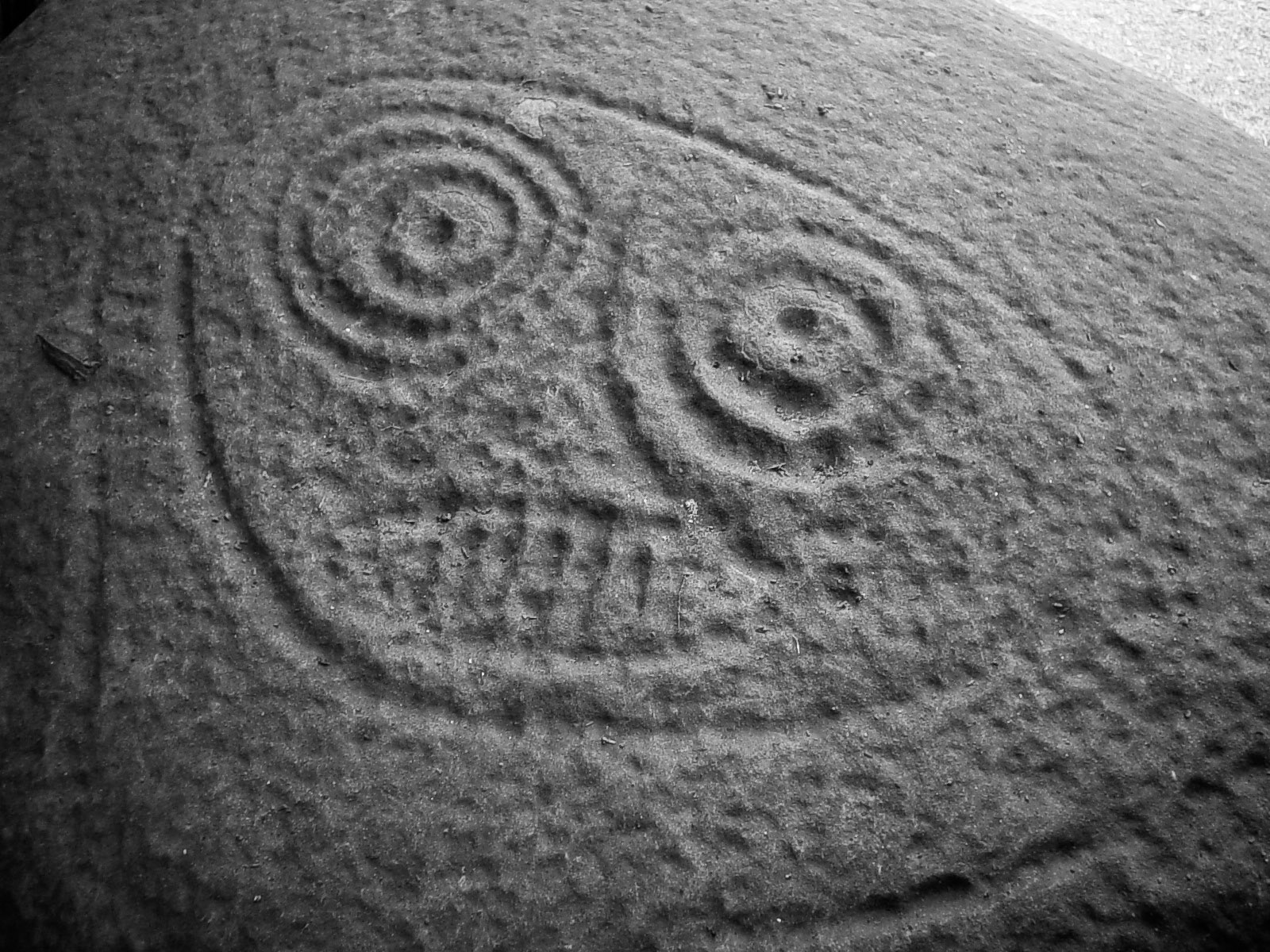Please note that this web page has not been updated since 2012 as I no longer teach this course.
There are a number of articles that will be used to supplement the textbook, and they are referred to in the course outline. Below are the links to articles that can be found on the web; all others are in hard copy in the library’s reserve section or as e-reserves available off the library website.
Hebda, Richard, Sheila Greer, and Alexander Mackie
2010 Teachings from Long Ago Person Found: Highlights from the Kwaday Dan Ts’inchi Project. Royal British Columbia Museum online publication.
Hume, Mark
2011 Anthropologist Believes He Has Found First BC Village That May Be 10,000 Years Old. Globe and Mail, August 7.
2012 When Did the First People Arrive in the Americas? Globe and Mail, July 20.
Mackie, Quentin
2011 Manis Mastodon a 13800 Year Old Archaeological Site. Northwest Coast Archaeology blog October 20, 2011.
FALL 2012 TERM PROJECT
Term project description and rationale
Term project Part 1 outline and layout
Ministry of Education Social Studies Grade 7 Integrated Resource Package 2006. Please skim pertinent sections.
Ministry of Education Catalogue of Learning Resources
AAA Style Guide for References
Other Term Project Resources:
- The National Endowment for the Humanities (in the USA) has a comprehensive database of humanities lesson plans that we can get some ideas from for our own Northwest Coast archaeology lesson plan project. This database site is quite an amazing resource for teachers; scroll through the various lessons plans under Arts and Culture and take a quick look at a few of the archaeology related lessons to get some ideas about what our lesson plan can look like and include. For example, there is a lesson plan about Old Pompeii, and the Aztec of Mexico, and many more that look very interesting. Browse a few of these and then we will brainstorm as a class about what our teaching materials will include as far as resources, and activities.
- Mysteries of Catalhoyuk may be a good model for possible classroom activities. The Neolithic dinner is a great example of presenting subsistence, technology, and the archaeolgoical record in a very accessible way.
Other resources relevant to ANTH 241 lectures: (this updated on an ongoing basis)
- Dispersal of Modern Humans in the Americas During the Late Pleistocene: this article presents current archaeolgoical and genetic evidence to consider the Clovis hypothesis and more broadly the Peopling of the Americas. Some of the graphics in this article were used in lecture
- public lecture segment by Daryl Fedje where he talks about interpretations from Kilgii Gwaay 14,000-10,000 yrs BP
- Haida repatriation
- information on the facial reconstruction of Kennewick Man, done for a Nova series
- Coast Salish Collections: Archaeology and Ethnology of the Gulf of Georgia
- Heritage BC website
- SFU’s “Time Immemorial” website about the XÁ:YTEM site on the Fraser River, part of the Stolo First Nation. It is worth taking some time to explore this interactive website!
- Secwepemc archaeology, a website for School District 73 that presents the basics of Interior Plateau archaeology in a straightforward and interactive way.
- Digital version of Edward Curtis’s 1915 book In the Land of the Head Hunters
